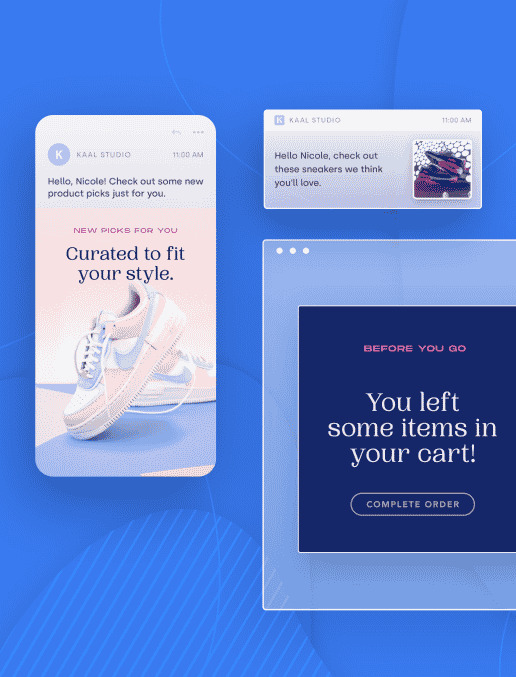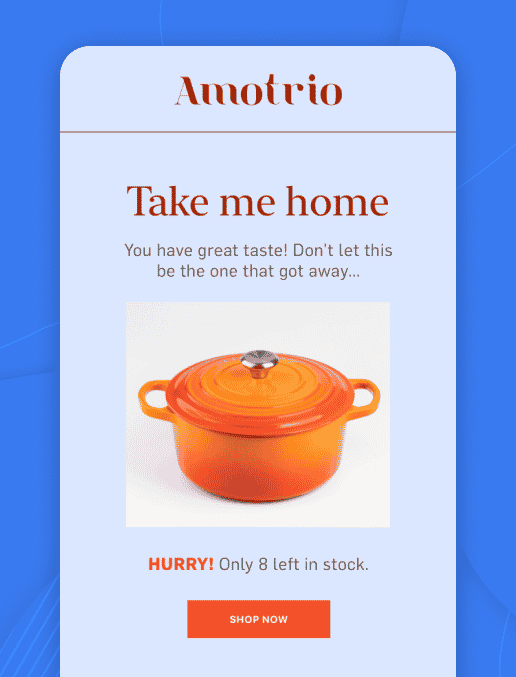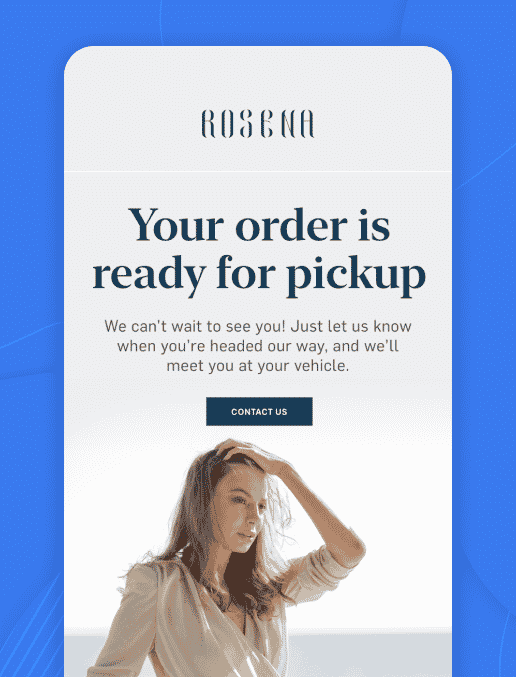5 years of research, 5 years of data
Brands have come a long way in five years when it comes to retail personalization. Here’s a quick look back at the evolution of the retail personalization experience: where we were and where we are now.




Highlights from every Retail Personalization Index
- 2017
- 2018
- 2019
- 2020-2021
- 2022
Insights
Where We are Today: Key Takeaways
Customer-centric marketing and personalization as a marketing strategy have been around for years. It’s only more recently that the capabilities, data, and technologies to realize this strategy have become increasingly advanced.
Customer data has expanded tremendously, from collection to activation, so retailers today have the capability to truly personalize based on a connected view of relevant and reliable customer signals. From a technology standpoint, advances in AI and algorithms, cloud-based systems, and increasing tech integrations and connectivity have enabled brands to shift personalization to the customer level and away from a focus on personalization across channels.
Here’s a look at some key retail marketer insights from the past five years, and priorities for what’s ahead.
Key Insights + Takeaways

Customer expectations are outpacing most retailers’ ability to make shopping feel personalized.
Continuously use progressive profiling to build richer customer databases. The more data you collect, the more personalized you can make the next shopping experience, which leads to increased sales and higher customer satisfaction levels.

Omnichannel isn’t a bonus, it’s an expectation.
Customers want always-on, cross-channel, and cross-organizational communication with the brands they do business with. Leverage predictive analytics to get better at knowing in advance what your customers want and when they want it.

Top retailers use loyalty programs better than their competitors.
Grow your loyalty program. It remains one of the best ways to collect data and build a long-term relationship with customers.

Consumers are willing to share personal data if there is a clear value exchange.
Create frictionless experiences for shoppers. The future of commerce is about orchestrating every step of the purchase journey so customers don’t need to re-explain a complicated return or input an order number to track the status of a delivery. Shoppers expect ease and convenience. Integrate your data internally so customers feel valued and known.
Deep Dive into the Research
Successful retailers are personalizing every touchpoint of the shopper experience: in-store and online, across all platforms and devices. We surveyed consumers and retail marketers to understand customer expectations today — and to learn how brands believe they’re delivering on those expectations.
GET THE RESEARCH




